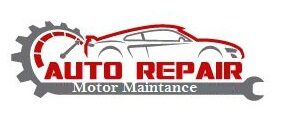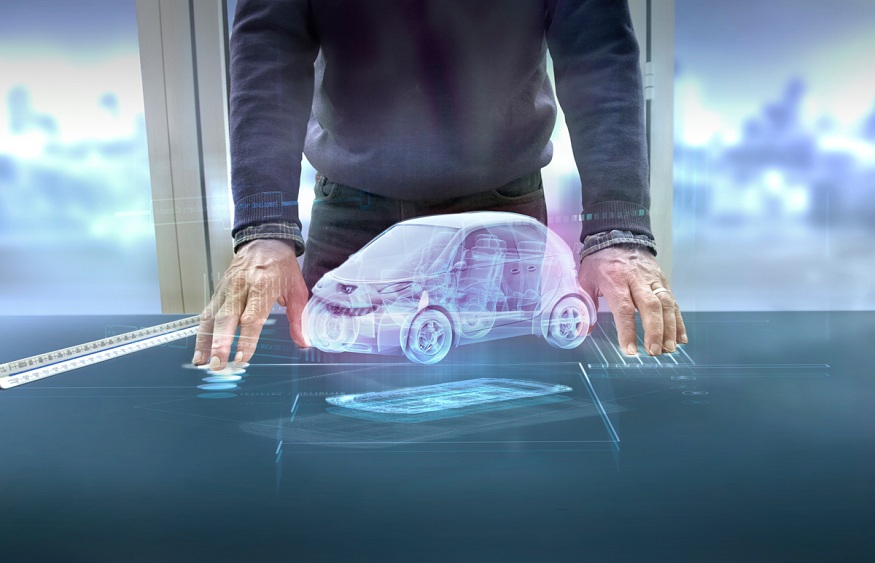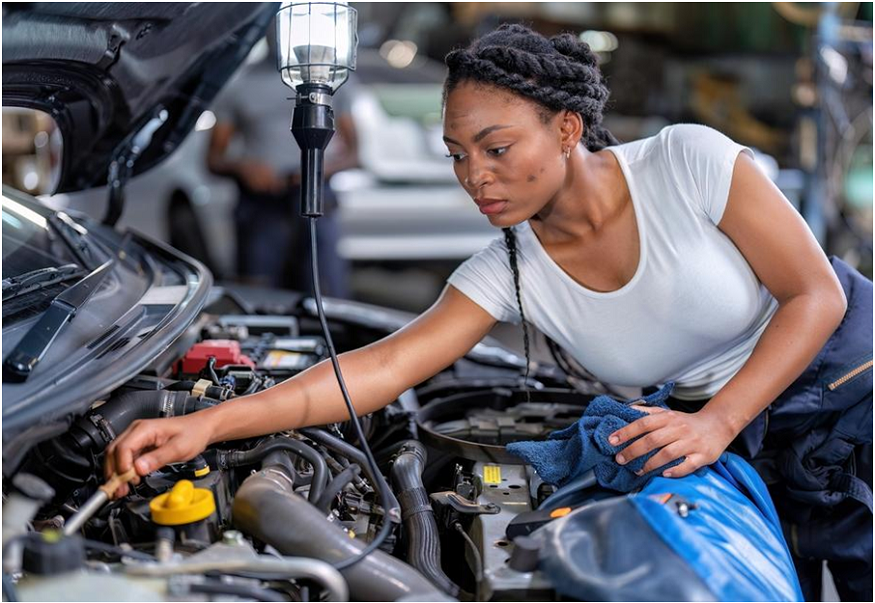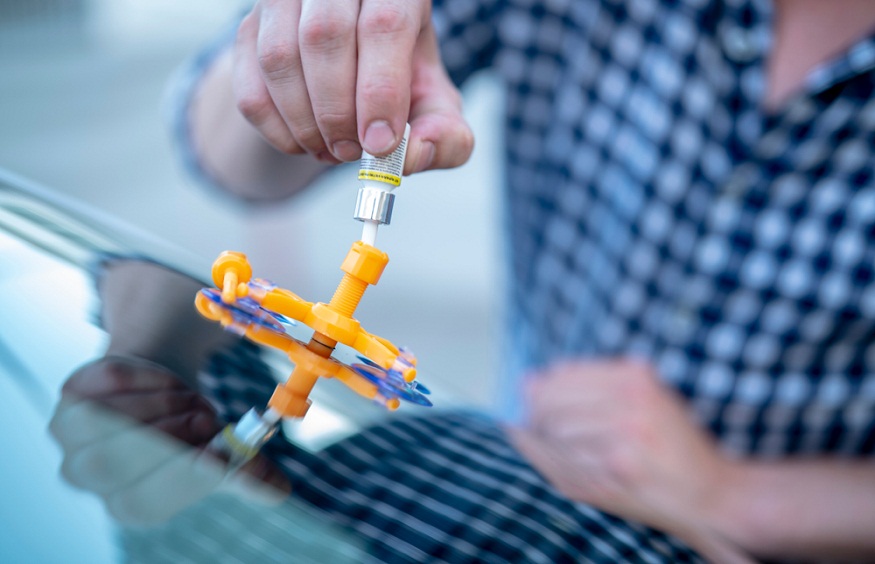The world of collision repair has undergone a significant transformation in recent years. Gone are the days when repairing a damaged vehicle simply meant replacing a few dented panels and giving it a fresh coat of paint. Today, the collision repair industry is confronted with an ever-changing landscape, shaped by advancements in automotive engineering and the usage of advanced materials.
Understanding and adapting to these advanced materials is paramount for collision repair professionals. The days of working exclusively with traditional steel are waning, as newer materials like aluminum, carbon fiber, and high-strength steel have gained prominence in vehicle construction. These materials offer enhanced safety, improved fuel efficiency, and reduced environmental impact, making them integral to modern automotive design.
Advanced Materials in Collision Repair Industry
The term “advanced materials” refers to a diverse range of substances that have revolutionized the way vehicles are designed, manufactured, and performed. Three of the most prominent advanced materials used in modern vehicle construction are aluminum, carbon fiber, and high-strength steel. Each of these materials brings a unique set of characteristics and advantages to the table, fundamentally altering the landscape of automobile manufacturing.
- Aluminum: Aluminum, renowned for its lightweight properties, is an excellent choice for components where weight reduction is crucial. It is not only significantly lighter than traditional steel but also offers exceptional corrosion resistance. As a result, it is commonly used in various vehicle parts, including body panels and engine blocks.
- Carbon Fiber: Carbon fiber composites have a remarkable strength-to-weight ratio. They consist of woven carbon fibers embedded in a resin matrix, creating an incredibly robust yet lightweight material. It enhances structural rigidity, lowers weight, and improves fuel efficiency.
- High-Strength Steel: High-strength steel alloys are engineered to provide outstanding durability and crashworthiness. These are used in the construction of vehicle frames, reinforcing critical structural areas, thereby enhancing occupant safety.
How Advanced Materials are Used in Modern Vehicle Construction?
Modern vehicles are no longer constructed solely from traditional steel components. Instead, automakers have embraced a hybrid approach, strategically integrating advanced materials into their designs. This approach leverages the unique properties of each material to optimizevarious aspects of vehicle performance and safety.
Lightweight aluminum alloys are used for outer body panels to reduce overall vehicle weight, hence improving fuel efficiency and handling. Similarly, carbon fiber composites are employed in structural components and interior elements to enhance rigidity and minimize vibrations. Furthermore, high-strength steel is reserved for critical safety zones such as the vehicle’s frame.
Unique Challenges of Repairing Advanced Materials
While advanced materials have brought many benefits to vehicle construction, they also introduce a set of unique challenges when it comes to collision repair. Repairing traditional materials like steel has been a well-established practice for decades, but the introduction of aluminum, carbon fiber, and high-strength steel requires collision repair technicians to adapt and acquire new skills and knowledge.
Advanced materials are often chosen for their lightweight and high-strength properties, which improve vehicle performance and safety. However, these materials come with characteristics that make collision repair more complex. Understanding and addressing these challenges are essential for ensuring the integrity of the repair and the safety of the vehicle’s occupants.
Importance of Specialized Training and Equipment
Given the complexities of repairing advanced materials, specialized training and equipment are indispensable for collision repair technicians. These materials demand a different skill set and a deep understanding of their unique properties and repair procedures. Here’s why specialized training and equipment are essential:
- Safety: Proper training ensures the safety of repair technicians and minimizes the risk of accidents or injuries that can occur when working with advanced materials.
- Quality of Repair: Specialized knowledge and equipment are crucial for achieving high-quality repairs that maintain the vehicle’s structural integrity and safety features.
- Manufacturer Requirements: Many auto manufacturers have specific repair guidelines for their vehicles, especially those constructed with advanced materials. Proper training ensures that these guidelines are followed, preserving warranties and vehicle performance.
- Efficiency: Specialized training and equipment can streamline the repair process, reducing downtime for vehicle owners and minimizing costs associated with longer repair times.
The future of advanced materials in collision repair is promising but comes with its own set of challenges and opportunities. As these materials continue to evolve and become more prevalent in vehicleconstruction, collision repair professionals must adapt to stay at the forefront of the industry, delivering safe and high-quality repairs while also embracing innovation along with sustainability.




